7 December 2018
Cauca, Colombia
Edwin Dagua
Profession
Community
Motive
Environmental and indigenous activism
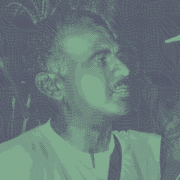

Adolfo Olivas


Ahmed Divela
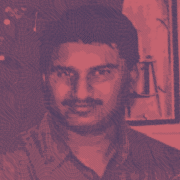

Amit Jethwa
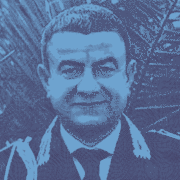

Artan Cuku
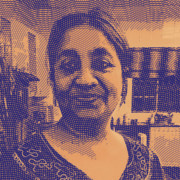

Babita Deokaran


Bayo Ohu


Berta Cáceres


Bhupendra Veera
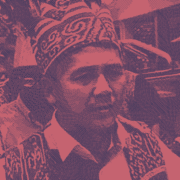

Bill Kayong
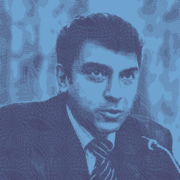

Boris Nemtsov
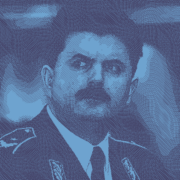

Boško Buha
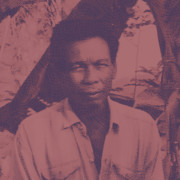

Chai Boonthonglek
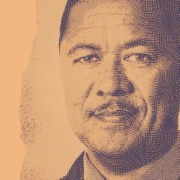

Charl Kinnear
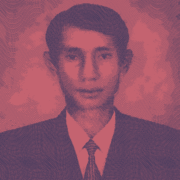

Chut Wutty
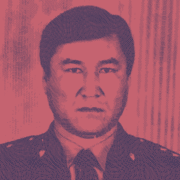

Chynybek Aliev
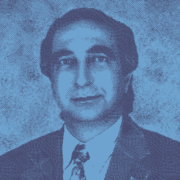

Cihan Hayirsevener
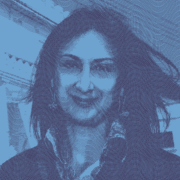

Daphne Caruana Galizia
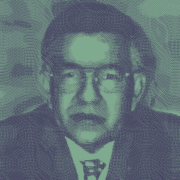

Darío Fernández


Derk Wiersum
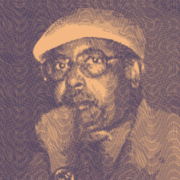

Deyda Hydara
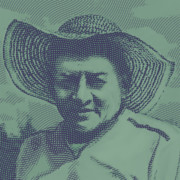

Édgar Quintero
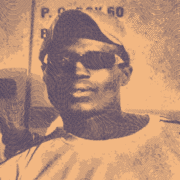

Edmore Ndou
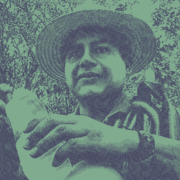

Edwin Dagua
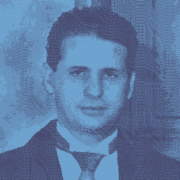

Federico Del Prete
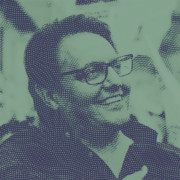

Fernando Villavicencio
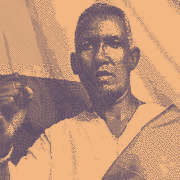

Gezahegn Gebremeskel


Gilles Cistac


Habibur Mondal


Igor Alexandrov
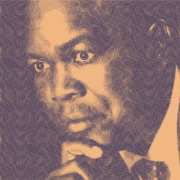

Jacob Juma
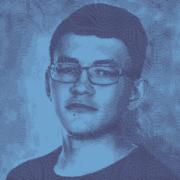

Ján Kuciak


Javier Valdez
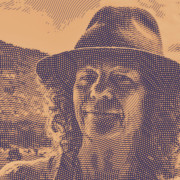

Joannah Stutchbury
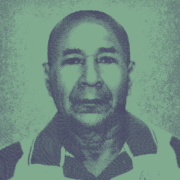

José Ángel Flores
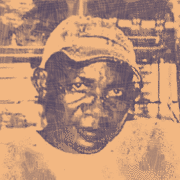

Jules Koum Koum
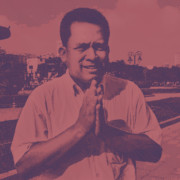

Kem Ley
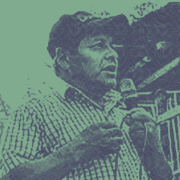

Luis Marroquín


Mahamudo Amurane
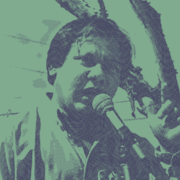

Marcelo Rivera


María Elena Ferral Hernández


Marielle Franco


Milan Pantić


Milan Vukelić
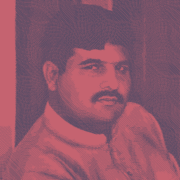

Muhammad Khan
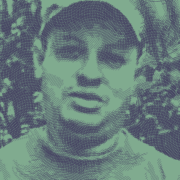

Nelson García


Nihal Perera
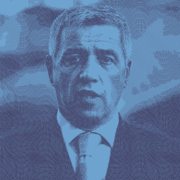

Oliver Ivanović
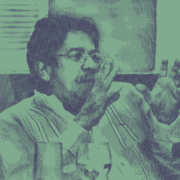

Orel Sambrano
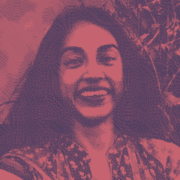

Perween Rahman
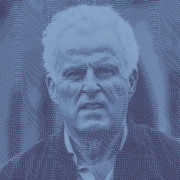

Peter R. de Vries


Rajendra Singh


Salim Kancil
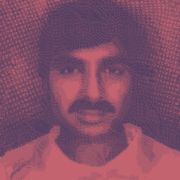

Sandeep Sharma
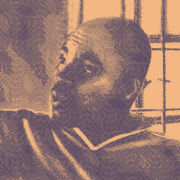

Sikhosiphi Radebe
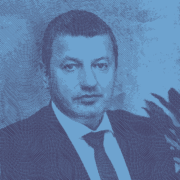

Slaviša Krunić


Soe Moe Tun
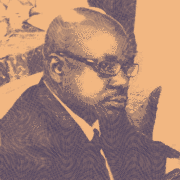

Victor Mabunda
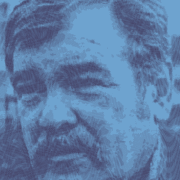

Virgil Săhleanu


Wayne Lotter
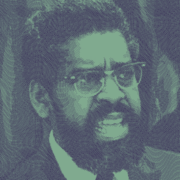

Yuniol Ramírez
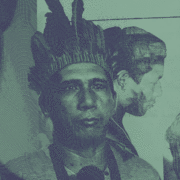

Zezico Guajajara
7 December 2018
Cauca, Colombia
Profession
Community
Motive
Environmental and indigenous activism
Edwin Gregorio Dagua Ipia was just 28 when he was gunned down in the afternoon in the Huellas indigenous reserve, where he was a governor. Dagua was the 25th indigenous leader to be killed in 2018; his death sent shockwaves through the community in the Cauca region of south-west Colombia.
Dagua had known his life was at risk. He and his colleagues had received threats from a paramilitary group several months before he was killed and, just a month before his death, Colombia’s National Indigenous Council had warned of threats against leaders in the region made by former left-wing guerrilla fighters. So Dagua was under state protection, but his bodyguard was not with him at the time he was killed.
The UN Human Rights Office in Colombia – which has raised the alarm about the numbers of human-rights defenders and community leaders being killed in the country – confirmed Dagua’s death, saying that they condemned and lamented the assassination of this human-rights defender and leader of the Nasa Indians indigenous authority.
While many of the assassinations of human-rights defenders in Colombia go unsolved, Dagua’s attackers were quickly caught and sentenced to jail time by the indigenous courts.
According to the national prosecutors’ office (the Fiscalía General de la Nación), the attack was carried out by former guerrilla fighters from the Revolutionary Armed Forces of Colombia, or FARC, who waged a revolutionary war against the Colombian state for more than 50 years until signing a peace deal in 2016.
Most of the FARC’s fighters demobilized, but some fronts refused to and re-banded in certain areas. According to the Fiscalía, it was FARC dissidents from a cell called Dagoberto Ramos who were behind the attack on Dagua. Six members of the group have been sentenced to 40 years in jail for their role in the attack. The same group were behind the threats made a month before Dagua was killed.
There are varying accounts of why Dagua was targeted. Family members at his funeral noted that he had made a stand against drug trafficking and those trying to grow coca and marijuana in the Nasa territories, where he was a leader. The Fiscalía said that his murder was a retaliation for the fact that he had been opposed to the presence of illegal armed groups in the region.
Some of the areas once under the control of the FARC have seen a power vacuum in which various groups compete for control. In Cauca, the Regional Indigenous Council said that FARC dissidents, like those who killed Dagua, the ELN left-wing rebel group and paramilitaries are sowing fear in indigenous territories with the purpose of expanding the territory they can use for drug trafficking and illegal mining. Dagua’s murder, the indigenous authorities in the Huellas Reserve noted, had come after a meeting in which leaders had pledged to start reducing coca production.
The 2016 peace deal promised to bring Colombia’s coca problem under control, with an ambitious crop substitution programme and development initiatives in the areas where the crop has traditionally been grown. But people have come under attack for supporting the programme.
‘Substitutions and voluntary eradication are cutting into the profit margins of narco-traffickers. That’s bad for business,’ said Leonardo González, a director at the Bogotá-based think tank Indepaz, which monitors political violence. ‘Who is protecting the narcos? The paramilitaries and the FARC dissidents. Around 10 per cent of the FARC group that demobilized are working on security of narco-trafficking. They don’t want to leave behind the business.’ Those who want to implement the peace process, added González, are ‘enemies’.
Figures on the numbers of local leaders and human-rights defenders who have been killed paint a stark picture of which areas of the country are facing continued security challenges. Statistics from the Colombian People’s Ombudsman show that Cauca is among the most volatile regions for human-rights defenders since the peace deal with FARC was signed, alongside its neighbouring departments and those areas in the east along the Venezuelan border.
‘These are places that historically have seen a lot of fighting. They are regions where they are trying to implement the peace deal, zones where various armed actors are playing out their disputes, and where there are added poverty and extreme social exclusion issues,’ said Carlos Alfonso Negret Mosquera, of the office of the ombudsman.
Cauca, where Dagua was killed, is a region that has seen growing instability as drug-trafficking networks and illegal miners battle for control of a route that connects fertile coca-growing regions with the Pacific route headed north. Indepaz said there is a ‘security crisis’ in Cauca and neighbouring Narioño. The local indigenous authorities warn that many of their number are being wiped out.
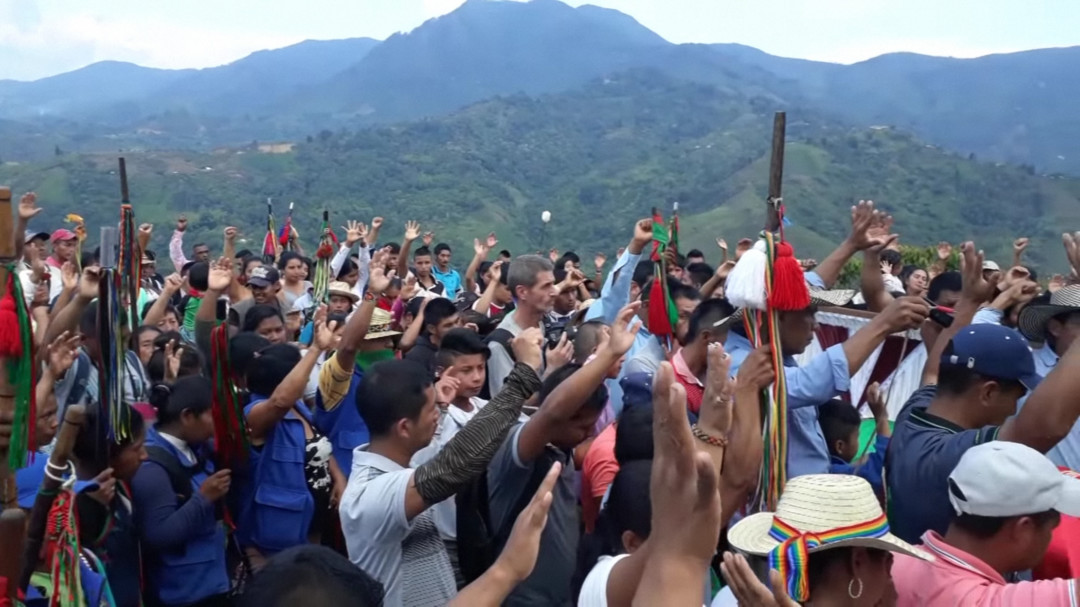
Scene from Edwin Dagua's funeral

The Huellas Reserve, Cauca, Colombia
‘We’ve had threats sent by pamphlets. We’ve had five killed, and these figures worry us,’ said Oscar E Escué, an authority with the Sa’thwe’sx indigenous community, in a video filmed after Dagua was killed. ‘These groups, these criminals, they use bullets to threaten a whole community.’
Nationwide, there is a crisis in confidence in the ability of the state to protect local indigenous leaders and human-rights defenders. Between 2016 and December 2018, the Ombudsman’s figures show 431 social leaders and human-rights defenders were killed, the majority of them local leaders and organizers, indigenous people, community workers, farmers and people of Afro-Colombian descent.
‘On average, every 48 hours in 2018 someone working on human rights or a social leader was killed,’ the Ombudsman said in January 2019, after revealing that 172 people had been killed the previous year.
The UN’s Special Rapporteur, Michel Forst, said that human-rights defenders and social leaders ‘operate in a coercive and unsafe environment’ in many parts of the country. ‘In rural areas, where the state absence is coupled with a heavy presence of organized and illegal armed groups, defenders are an easy target for those who see them and their human-rights agenda as an obstacle to their interests,’ he warned four days before Dagua was killed.
The Indigenous Association in North Cauca, ACIN, said indigenous communities are disproportionately at risk, noting that, in the two years since the peace deal, 400 indigenous leaders have had to take protection measures; there have been 224 threats, and 5 730 indigenous peoples displaced by violence or the threat of violence.
Eduin Mauricio Capaz, the ACIN spokesperson, described Dagua’s murder as a ‘hit’ that was felt regionally and collectively.
Dagua had been identified early as a leader. He had risen up through the community to become one of six running the Huellas Caloto indigenous reserve in Cauca.
‘He recognized what have been the big problems of the communities – how to get out of these areas, how to leave illicit crops,’ said Capaz. ‘In that part of Cauca, there are some monsters: illicit economies that are very dangerous and people who have a lot to gain, who have defended their interests with threats and killings.’
Unfortunately, like for many others, the consequences of being opposed to illicit crop cultivation and drug trafficking ended up causing Edwin Dagua’s death.


14 August 2005
Esteli, Nicaragua
Adolfo Olivas


2 March 2016
Honduras
Berta Cáceres


6 November 2011
Penonomé, Panama
Darío Fernández


15 May 2022
Santander de Quilichao, Colombia
Édgar Quintero


9 August 2023
Quito, Ecuador
Fernando Villavicencio


15 May 2017
Culiacán, Mexico
Javier Valdez


18 October 2016
Tocoa, Honduras
José Ángel Flores


9 May 2018
San Luis Jilotepeque, Guatemala
Luis Marroquín


9 July 2009
San Isidro, El Salvador
Marcelo Rivera


30 March 2020
Papantla, Veracruz, Mexico
María Elena Ferral Hernández


14 March 2018
Rio de Janeiro, Brazil
Marielle Franco


15 March 2016
Honduras
Nelson García


16 January 2009
Valencia, Venezuela
Orel Sambrano


13 October 2017
Santo Domingo, Dominican Republic
Yuniol Ramírez


31 March 2020
Zutiwa, State of Maranhão, Brazil
Zezico Guajajara